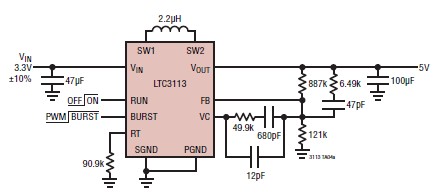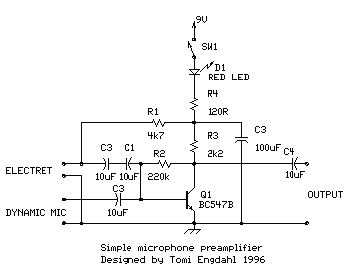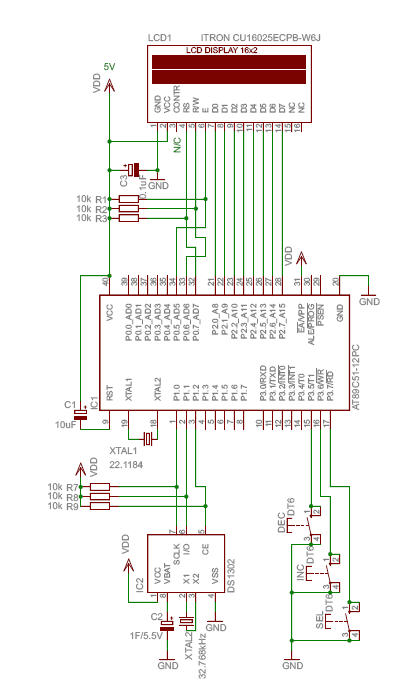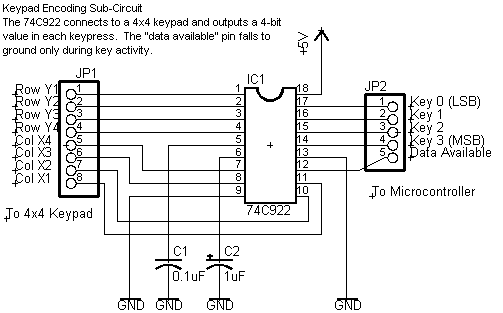
Beacon Transceiver Project
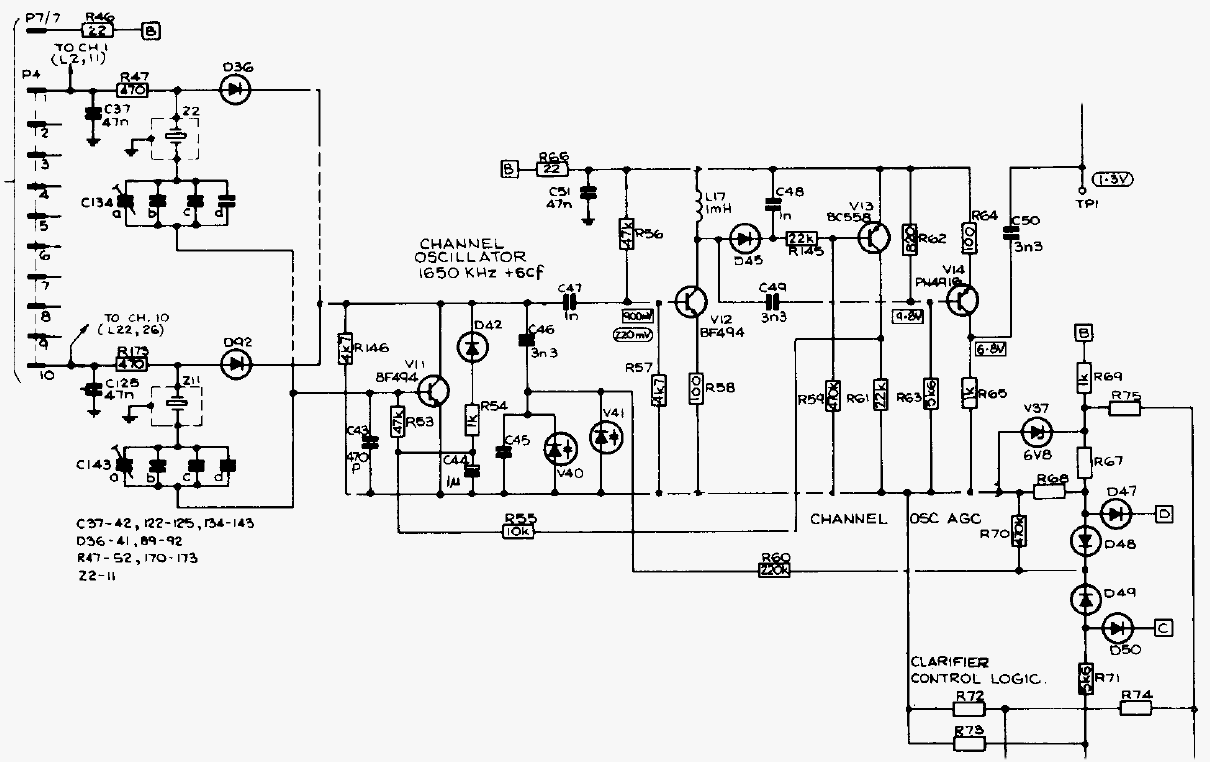
DDS VFOs are highly compatible with single conversion SSB radios, including models such as the Codan 6801, 6924, 7727, and 8121, as well as the AWA Teleradio 110H. Additional details regarding suitable Codan radios can be found on the Recycled Radios page. Other commercial and marine transceivers with a 1650 kHz intermediate frequency (IF) can also be easily adapted to utilize a DDS VFO. There are numerous VFO kits available, many of which are appropriate for use with a 1650 kHz IF single-conversion transceiver. The technique for connecting the VFO to the transceiver is outlined at the bottom of this page. Typically, these radios only support upper sideband (USB) operation, while lower sideband (LSB) operation can be achieved by tuning the VFO below the desired band, although this may result in poor image rejection on the 160m band. Image rejection remains effective up to approximately 15 MHz. If tuning the VFO below the required band is unsuitable, it may be necessary to incorporate an additional crystal filter or a second BFO crystal. Regardless of the chosen VFO, it is essential to ensure that off-frequency spurs are minimized. Although spurs typically do not affect the transmitted signal, a spur that is 40 dB down may inadvertently pick up a strong shortwave broadcast station within the amateur band. Phase noise from the VFO directly influences receiver sensitivity and signal quality during transmission and reception. DDS VFOs generally exhibit low phase noise, with the Si570 type providing acceptable performance for HF applications. The DDS VFO can be connected to multiple channels while retaining crystal control on the others. For each channel connected, a 10 nF ceramic capacitor is required, and the corresponding crystal (if present) must be removed. The connection method is consistent across all models of Codan crystal-controlled radios, and may also apply to others. This information is primarily based on the Codan 7727 model. The channel switch connects each crystal sequentially by forward biasing a diode (e.g., D36) through a resistor (e.g., R47). Each crystal connects to a unique trimmer and fixed capacitors. For each channel where the VFO is to be operated, the crystal (e.g., Z2) should be removed, and one lead of a 10 nF 50V ceramic capacitor should be placed in the crystal socket nearest to the diode (not the trimmer). The other lead should be cut short, and all the short leads of these capacitors should be connected together using tinned wire. The output of the VFO is then connected to these capacitors through a series 100-ohm resistor. The input level is not critical, as the circuit is designed to self-level, accommodating input voltages from 50 mV to 1 V RMS. In the oscillator circuit, V11 functions as the primary oscillator (grounded emitter Colpitts circuit), while V12 serves as a buffer and V13 acts as an automatic gain control (AGC) amplifier, with V14 driving the mixer. The AGC generated by D45 and V13 is fed back through R55 to adjust the gain of the oscillator V11. When the oscillator transistor is driven by the VFO via the 100-ohm resistor, it effectively drives the buffer V12, causing the collector of V11 to cease oscillation. Instead, the AGC bias allows V11 to operate as a variable resistor, creating an attenuator in conjunction with the 100-ohm resistor, thereby controlling the drive to V12. Channels that remain unchanged will continue to operate normally using crystal control. A similar circuit configuration is employed in the Codan 6801, 6924 Mk. 2, and 8121 radios. Users should locate the crystal connection points and install the capacitors accordingly. The Clarifier feature will still function in models where it is linked to the BFO crystal.DDS VFOs work very well with single conversion SSB radios such as the Codan 6801, 6924, 7727 and 8121, and the AWA Teleradio 110H. See the Recycled Radios page for more information about suitable Codan radios. Other commercial and marine transceivers with 1650kHz IFs should also be easily adaptable to a DDS VFO.
There are numerous VFO kits around, many of which are suitable for operation with a 1650kHz IF single-conversion transceiver. Check at the bottom of this page for the technique used to connect the VFO to the transceiver. In their original application these radios invariably offer only USB operation. Typically LSB operation is obtained by the simple expedient of operating the VFO below the required band, rather than above it. The image rejection on 160m may however be poor using this technique. Otherwise image rejection should be good up to 15MHz or so. If operating with the VFO below the required band is not appropriate to your application, you will need to find a way to add an extra crystal filter, or a second BFO crystal.
Whichever VFO you choose, make sure that the off-frequency spurs generated are low. Generally the spurs won`t affect the transmitted signal, but a spur 40dB down may cause a strong short wave broadcast station to be received when you least expect it, in the middle of a ham band. Phase noise on the VFO will have a direct impact on the sensitivity of the receiver, and will also affect signal quality on transmit and receive.
DDS VFOs inherently have low phase noise. The Si570 type also have acceptably low phase noise for HF operation. You can connect the DDS VFO (or any other VFO) to as many channels as you like, and leave the others crystal controlled. For each channel you connect, you will need a 10nF ceramic capacitor, and of course remove the crystal (if fitted).
The connecting scheme is the same for all models of Codan crystal controlled radios, and may be similar for others. The following information is based on the 7727. At the left you can see the channel switch. It connects each crystal in turn by forward biassing a diode, e. g. D36, via a resistor, e. g. R47. The other side of each crystal goes to an individual trimmer and set of fixed capacitors. On each channel you wish to operate the VFO, remove the crystal, e. g. Z2, and fit one lead of a 10nF 50V ceramic capacitor in the crystal hole corresponding to the end by the diode (NOT the end by the trimmer).
Cut the other lead short, and connect all the short ends of these capacitors together with a length of tinned wire. Drive these capacitors with the output of the VFO via a series 100 Ohm resistor. The level will not matter - anywhere from 50mV to 1V RMS - this circuit is self-levelling! If you look at the oscillator circuit, V11 is the actual oscillator (grounded emitter Colpitts circuit), while V12 is a buffer and V13 is an AGC amplifier.
(V14 drives the mixer). The AGC developed by D45 and V13 is fed back via R55 to change the gain of the oscillator V11. When you drive the oscillator transistor with a VFO via 100 Ohm, you are actually driving the buffer V12, and the collector of V11, which can no longer oscillate. Instead, the AGC bias operates V11 as a variable resistor, forming an attenuator with your 100 Ohm resistor, and controlling the drive to V12.
Any channels you leave intact will operate normally using crystal control. Essentially the same circuit is used in the 6801, 6924 Mk. 2 and 8121 radios. Just look for the crystal connection points and fit the capacitors accordingly. The Clarifier will still work in models where it operates on the BFO crystal. 🔗 External reference
There are numerous VFO kits around, many of which are suitable for operation with a 1650kHz IF single-conversion transceiver. Check at the bottom of this page for the technique used to connect the VFO to the transceiver. In their original application these radios invariably offer only USB operation. Typically LSB operation is obtained by the simple expedient of operating the VFO below the required band, rather than above it. The image rejection on 160m may however be poor using this technique. Otherwise image rejection should be good up to 15MHz or so. If operating with the VFO below the required band is not appropriate to your application, you will need to find a way to add an extra crystal filter, or a second BFO crystal.
Whichever VFO you choose, make sure that the off-frequency spurs generated are low. Generally the spurs won`t affect the transmitted signal, but a spur 40dB down may cause a strong short wave broadcast station to be received when you least expect it, in the middle of a ham band. Phase noise on the VFO will have a direct impact on the sensitivity of the receiver, and will also affect signal quality on transmit and receive.
DDS VFOs inherently have low phase noise. The Si570 type also have acceptably low phase noise for HF operation. You can connect the DDS VFO (or any other VFO) to as many channels as you like, and leave the others crystal controlled. For each channel you connect, you will need a 10nF ceramic capacitor, and of course remove the crystal (if fitted).
The connecting scheme is the same for all models of Codan crystal controlled radios, and may be similar for others. The following information is based on the 7727. At the left you can see the channel switch. It connects each crystal in turn by forward biassing a diode, e. g. D36, via a resistor, e. g. R47. The other side of each crystal goes to an individual trimmer and set of fixed capacitors. On each channel you wish to operate the VFO, remove the crystal, e. g. Z2, and fit one lead of a 10nF 50V ceramic capacitor in the crystal hole corresponding to the end by the diode (NOT the end by the trimmer).
Cut the other lead short, and connect all the short ends of these capacitors together with a length of tinned wire. Drive these capacitors with the output of the VFO via a series 100 Ohm resistor. The level will not matter - anywhere from 50mV to 1V RMS - this circuit is self-levelling! If you look at the oscillator circuit, V11 is the actual oscillator (grounded emitter Colpitts circuit), while V12 is a buffer and V13 is an AGC amplifier.
(V14 drives the mixer). The AGC developed by D45 and V13 is fed back via R55 to change the gain of the oscillator V11. When you drive the oscillator transistor with a VFO via 100 Ohm, you are actually driving the buffer V12, and the collector of V11, which can no longer oscillate. Instead, the AGC bias operates V11 as a variable resistor, forming an attenuator with your 100 Ohm resistor, and controlling the drive to V12.
Any channels you leave intact will operate normally using crystal control. Essentially the same circuit is used in the 6801, 6924 Mk. 2 and 8121 radios. Just look for the crystal connection points and fit the capacitors accordingly. The Clarifier will still work in models where it operates on the BFO crystal. 🔗 External reference

